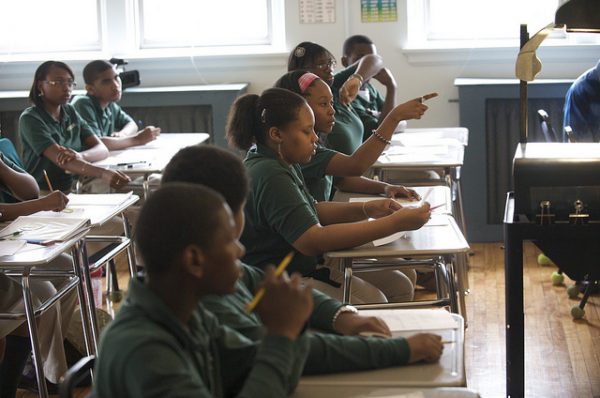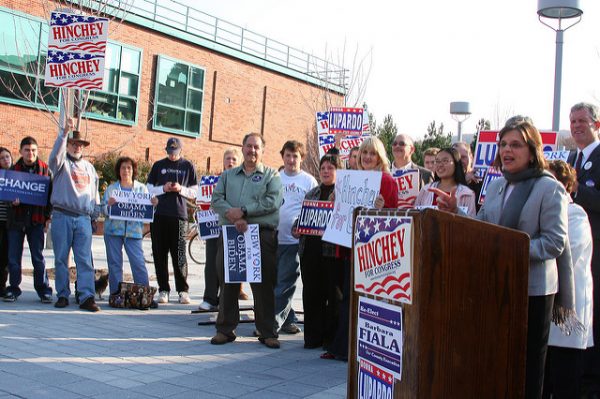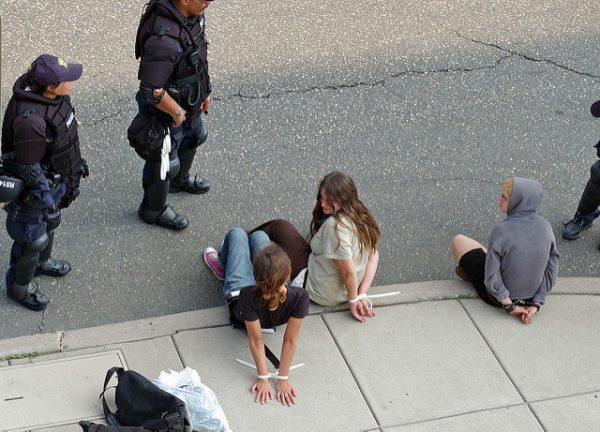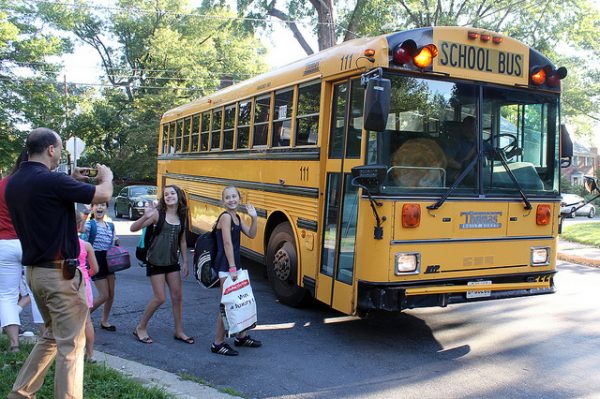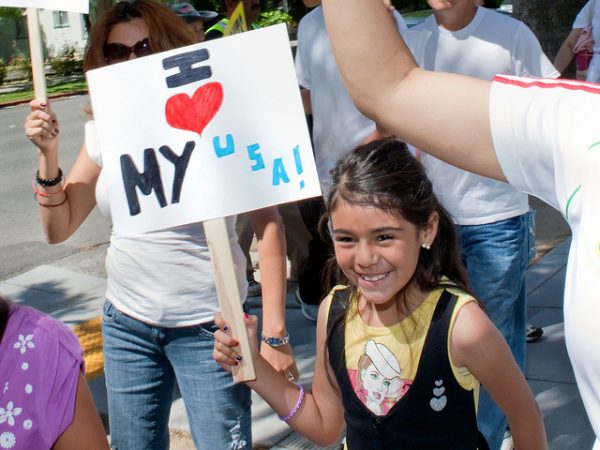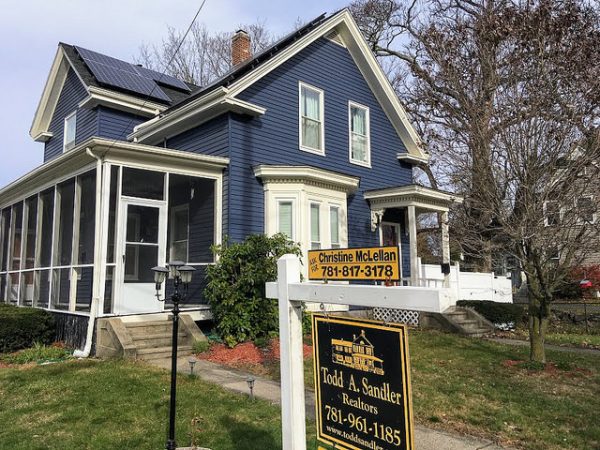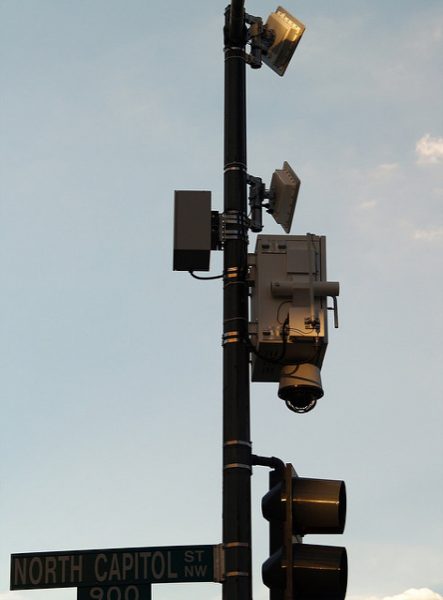
Talking about racism and race relations is often difficult, especially between a parent and child. Parents of color often feel the need to talk about these subjects to protect their children from violence and prepare them for racism in the world. But recent research by Megan Underhill suggests that White parents more often remain silent on these matters, ignoring the reality of race relations in the United States and allowing for the continuance of White privilege and dominance.
Through interviews with 40 White, middle-class parents in Cincinnati, Ohio from 2014–2015, Underhill questioned parents about their communications with their children regarding racial protests and violence — in Cincinnati in 2001 and Ferguson in 2014. Originally Underhill focused on the shooting and protests in Cincinnati, a city that is essentially half White and half Black. Then, a month into the interviews, violence in Ferguson occurred, so Underhill started asking parents about both cities (though not all parents originally interviewed were questioned on these latter events).
Twenty-eight parents did not talk to their children at all about racial tensions or protests in either city. When asked why, half stated that their children “never asked” and the rest stated that their children were too young to discuss such topics. Though most parents in the study reported speaking to their children about race beforehand, they often used rhetoric that superficially addressed diversity — “we’re all the same but different” — thus avoiding uncomfortable racial talk. Twelve parents spoke to their children about racial tension and the Ferguson protests, though most did not talk to their children about the underlying structures that support racial inequality in the United States. In all, only two parents in the study initiated conversations with their children about racial inequality and White privilege.
Part of the reason seems to be that parents themselves had little knowledge of U.S. race relations and therefore felt like they could not have meaningful conversations about race with their children. In sum, this research demonstrates that White families — in contrast to families of color — lack either the willingness or the ability to talk about race, even in the face of current events. And this practice will surely only support the status quo.


